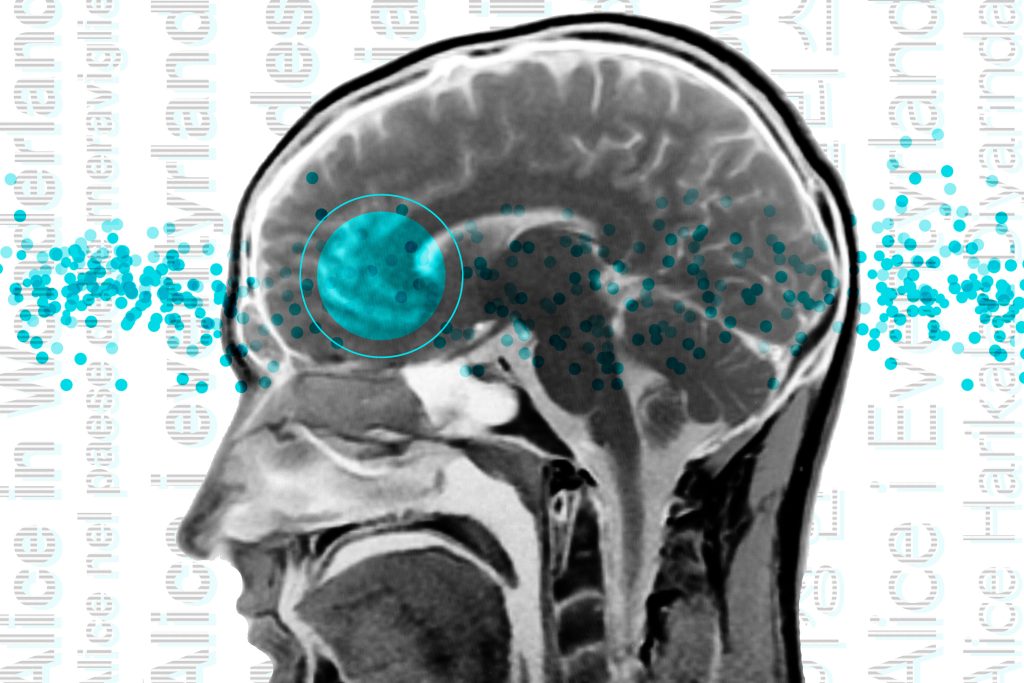
|
As a high school teacher, I am often asked by both students and parents, which is the better option? For more than half a century, high school students have had the opportunity to enroll in AP courses with the goal of passing the culminating AP Exam in late spring to earn college credit and/or complete subject-area requirements. In recent decades, students have also had the option to enroll in community college courses as another means of earning college credit. This article will examine both options, focusing on world language programs, and share opinions from students and parents as to which they feel is most beneficial.
The inspiration for this article came from recent conversations with our director of high school. Her daughter is weighing the options of taking an AP language course or taking one at the local community college. Having taught AP Spanish Language and Culture for over a decade and also having been one of the homeroom teachers whose students have been in the dual enrollment program since its inception three years ago, I bring a unique perspective. While I knew that there are both language and literature AP Exams, I didn’t realize the variety of language courses offered at community colleges.
When I was a community college student 30 years ago, the only courses offered were the same basic introductory to intermediate courses that were equivalent to the ones offered in high school. Now courses once reserved for upper-division university studies are being offered as lower-division community college courses. For example, there are separate conversation and culture courses offered, including Deaf studies courses in the American Sign Language Program. Deaf studies courses are important, as unless a student enrolls in ASL courses, they are not likely to realize that the Deaf community has its own culture as we would expect to find with non-English languages.
To better understand the pros and cons, it’s best to start with a little history of each program. The Advanced Placement program was started in the 1950s “amid concerns that students in high school were not being adequately prepared for advanced coursework and college and graduate education.”
One misunderstanding about these courses is that they are the equivalent of one college course. They are actually more than that, as these courses are designed so that students who pass the exams have shown the ability to start in upper-division major courses.
While students have been able to take college courses, many such programs were considered concurrent enrollment programs, which meant students would receive college credit but their high schools would not award credits toward graduation, only credits toward meeting that subject area. As a result, students still needed to take additional high school courses, and thus only the highest achieving students were likely to take college courses. It has only been in recent years that dual enrollment programs have been offered, in which students are able to earn both college and high school credit. Often, high school students had to petition instructors for permission to enroll, as the seats were reserved for college students, and they would be denied access to the course if the section became full during the first week of the semester, even if they had applied in advance.
However, in 2015, California legislated to allow partnerships between K–12 districts and colleges through which courses could have sections exclusively for high school students, enabling classes to be held on high school campuses “to provide dual enrollment opportunities to students who ‘may not already be college bound or who are underrepresented in higher education.’” Now, with distance education being commonplace, these courses are being offered online. In August 2019, California Virtual Academies started partnering with Norco College, a community college about 50 miles east of Los Angeles, to offer courses online with some sections open only to our students. This program, known as CAVA2College, allows students to earn up to 15 college units by the time they graduate from high school, which is the equivalent of one semester for a full-time student.
AP courses are a great way to ease students into what college material is like. The courses provide a more challenging curriculum, and students are given the opportunity to work with teachers with whom they are already familiar and who can provide insight as to what college courses are like. The students I interviewed said that they like that they have more flexibility with due dates and late work, and that they have the entire year to prepare for the AP Exam. To quote one student, “If you can handle AP, you can handle some college courses that may not be quite as difficult.” However, the downside is that if you don’t like the material or the instructor, you are stuck for the whole year and are not able to take new courses mid-year. Another con to the AP program is that despite working hard all year, receiving college credit is dependent on passing one exam.
One area of concern I’ve heard from colleagues and parents alike is that students have to commit to taking the AP Exam by mid-November and pay for all exams by then as well. If a student is taking more than one exam, the cost at $95 each can add up to more than a semester’s tuition at a community college. And if students register for the exams after the deadline, they are charged an additional $45 per exam late fee.
In my opinion, the biggest negative to the AP program is that students who take and pass the exam might not receive credit for it. Many colleges which once accepted a “3” as a passing score are not awarding credit unless the student scores at least a “4,” and the amount of credit being offered has been reduced in recent years. Some don’t offer any units but only credits toward subject-matter requirements for graduation, defeating the point of taking AP Exams, as students will need to complete another course to obtain the required number of units to graduate.
Dual enrollment (DE) courses are a great way for students to earn guaranteed college credit without relying solely on one exam, and according to the University of California Admissions website, “UC-transferable college courses that fall within the A–G subject areas, including those completed through dual enrollment, will earn an extra point in the UC freshman admission GPA calculation—within our maximum honors points limitations—if completed with a letter grade of C or better.”
Rebecca Mortier, principal and liaison to Norco College, mentioned how students have access to a dedicated counselor at the college. This helps with planning which courses students should take and when, but also helps students prepare for their future studies as non-high school college students.
A former student of mine who was in both programs believes that dual enrollment programs force students to be more independent, especially in distance education courses, as they are often asynchronous. It can be challenging for students to interact with their instructors if office hours are only during the day while they are attending high school or students are unable to visit the campus in person.
Everyone agrees on the financial benefit of dual enrollment programs. High school students are not required to pay tuition and thus are only responsible for lab and materials fees. Additionally, they are not required to pay for other expenses such as health and student activity fees, since they are not usually on campus to use these services. Students may also apply for grants and scholarships to help offset the cost of textbooks.
This past year, Norco College received a state grant for students in dual enrollment programs and was able to distribute that money directly to them. Each student received enough money to cover one to two semesters’ worth of textbooks depending on the number of courses they took. This helps students financially not only in the short term but in the long term as well. According to the Public Policy Institute of California, the average GPA for dual enrollment courses by high school students is 3.1, completing an average of 2.5 courses for a total 7.2 units, of which 6.4 or 90% are transferrable. Free tuition aside, this data shows that students are successful the first time and won’t need to overload courses or postpone graduation to make up these courses. By graduating on time, they will be saving money on extra semesters and avoiding the cost of having to repeat courses. Also, a GPA of this caliber will most likely result in additional opportunities for grants and scholarships, saving students money on student loan interest.
Dual enrollment programs are especially helpful to fostering world languages for students. High schools tend to offer only one or two languages, as there are not enough students to fill classes in other languages or to offset the costs associated with hiring another teacher. According to The National K–12 Foreign Language Enrollment Survey Report, only ten states and the District of Columbia have language graduation requirements; in 24 states, the requirement can be met with other non-languages course work, and 16 states have no language requirements at all.
Early in my career, California required students to complete one year of language to graduate. Now students have the option to take visual and performing arts or career technical education to meet this requirement. One student currently in our dual enrollment program was able to study Japanese to learn more about the language and culture of his heritage. Without the dual enrollment program, he would have been forced to take Spanish or French high school courses. There are only select courses available in the AP program, whereas there are a variety of courses offered at colleges.
To me, the most salient quote in favor of dual enrollment comes from the parent of one of my former students: “I liked how you could take college courses in lieu of the AP test and still get college credit. It’s good for those who may feel they may not be successful as an AP student. There are a variety of courses available so that the program is accessible to students of varying abilities as long as they are motivated.”
Plus, many AP courses require prerequisites before taking the AP Exam. At our school, students are required to complete regular Biology before they can take AP Biology, and language students are required to take three years of language before they can take AP Language and Culture or AP Literature (and very few schools offer AP Literature). If you’re a student who isn’t keen on languages, you might be thinking to yourself, “Why would I want to take four years of language plus a difficult test to get college credit, possibly in a language that doesn’t interest me, when I can take one semester at a community college and meet the graduation requirement for both high school and college at the same time in a language that does interest me?” Dual enrollment courses also help foster equity and inclusion by providing an opportunity for traditionally underrepresented students or those without financial means to enroll and succeed in college courses. Combined with programs such as Extended Opportunity Programs and Services (EOPS) and the Puente Project, students will be even more likely to succeed in college than they would have been otherwise.
Based on student and parent comments, the data reviewed, and my own experiences teaching in both programs, there are benefits to both, but I strongly believe that dual enrollment is the better program. There is more variety in the course options, greater short-term and long-term financial benefits, and opportunity for more students to enroll compared to AP programs.
References
Carlton, G. (2022). “Why Was the AP Program Created? A History of AP Exams and Classes.” Best Colleges. www.bestcolleges.com/blog/history-ap-exams-classes
University of California Undergraduate Admissions (n.d.). “Dual Enrollment Guidance for California High School and California Community College Counselors and Advisers.” https://admission.universityofcalifornia.edu/counselors/files/dual-enrollment-guidance-2019.pdf
Rodríguez, O. and N. Gao. (2021). “Dual Enrollment in California: Promoting equitable student access and success.” Public Policy Institute of California. www.ppic.org/publication/dual-enrollment-in-california
American Councils for International Education (2017). The National K–12 Foreign Language Enrollment Survey Report. https://www.americancouncils.org/sites/default/files/FLE-report-June17.pdf
Tom Beeman is a high school Spanish teacher for the California Virtual Academies, where he is starting his twelfth year. He has presented at various conferences throughout the years on a number of topics. He is co-author of the book Voices: Latino Students Speak Out on Life in the United States. He is the recipient of the CLTA Outstanding Teacher Award and the ACTFL DL SIG and CALICO award for excellence in online language teaching.















